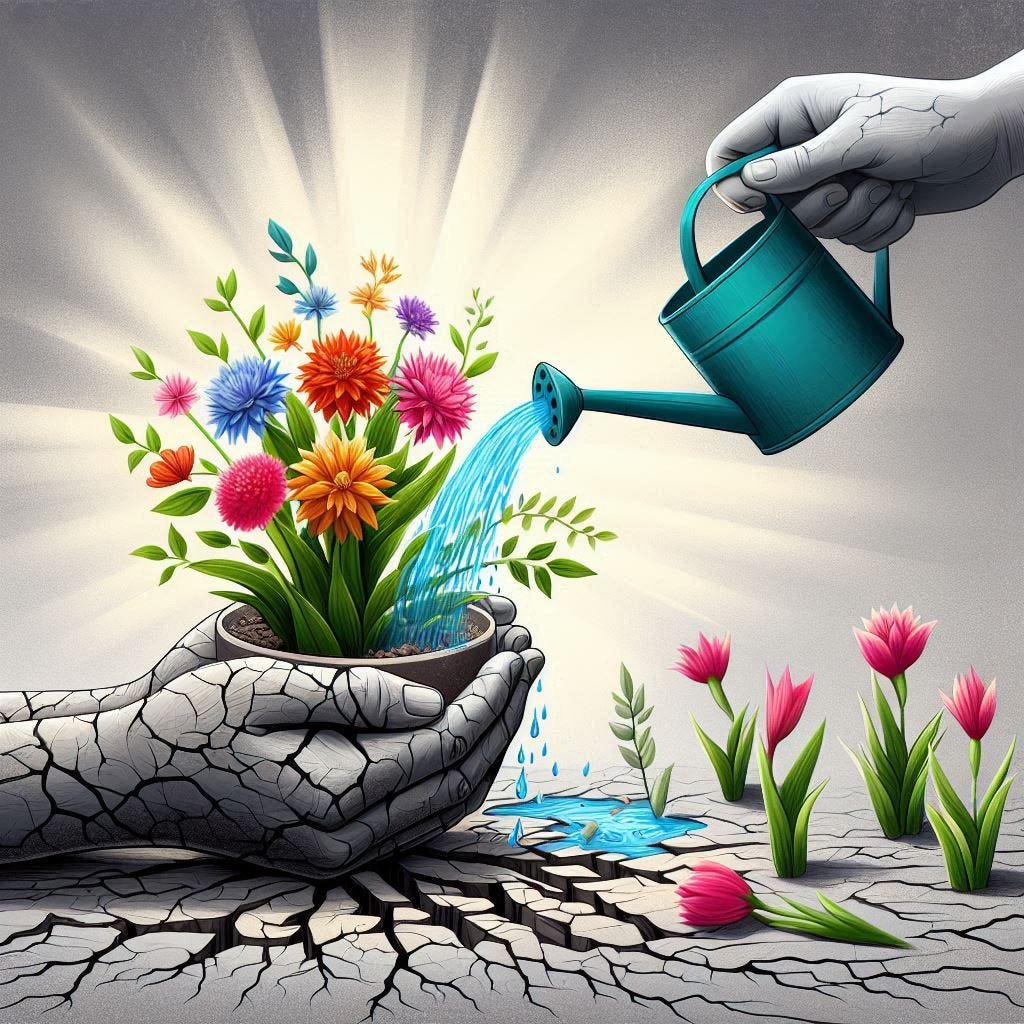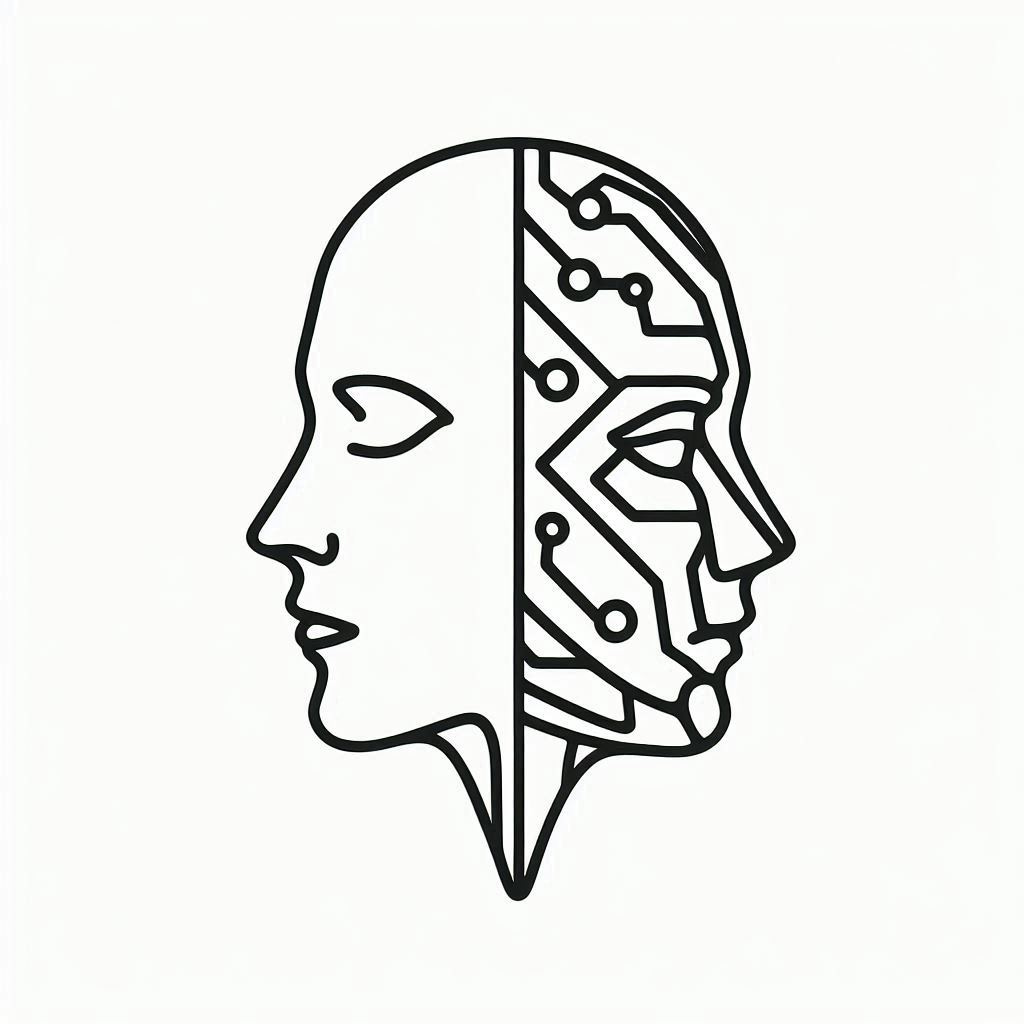As we reach the final chapter of our journey exploring modern welfare systems, I find myself returning to where we began—not with answers, but with deeper questions. Throughout this series, we've examined the dance between human judgment and systematic approaches, between the warmth of human connection and the precision of formalized structures. Now, let me share reflections on a different kind of ancient wisdom—not from philosophical texts, but from the living tradition of practice wisdom that flows through generations of welfare workers.
This ancient wisdom isn't ancient because it comes from classical texts or forgotten civilizations. It's ancient because it connects us to something timeless in human experience—the capacity to see potential where others see problems, to remain present amid systematic pressures, to trust in human resilience even when evidence seems scarce.
The Living Stream of Practice Wisdom
In Part 1, we began with Hannah Arendt's insight about the human condition—how our capacity for action, for beginning something new, defines us as humans. This capacity isn't learned from manuals or protocols but through encounter, through watching experienced practitioners navigate the delicate balance between system requirements and human needs.
I think of my early days in social work, watching a seasoned colleague meet with a family in crisis. There was something in how she sat—slightly forward, fully present—that communicated more than words could convey. Her questions came not from any assessment framework but from a deep curiosity about the family's own understanding of their situation. What has helped you get through difficult times before? she asked. Such a simple question, yet it opened doors that our standardized assessments might never have found.
This strengths-based approach wasn't something she learned from evidence-based protocols. It was wisdom passed down through practice, through the courage to see people not as problems to be solved but as experts on their own lives. This ancient wisdom—ancient because it connects us to the fundamental human capacity to recognize and nurture potential—stands in creative tension with our modern systematic approaches.
The Courage of Not Knowing
Throughout our exploration, particularly in Part 5 on ethics, we touched on the importance of the not-knowing position. But there's a deeper dimension to this stance that connects to practice wisdom. It takes profound courage to acknowledge uncertainty in a world that increasingly demands measurable certainty, standardized responses, and evidence-based interventions.
I remember a supervisor early in my career who embodied this courage. When faced with complex family situations that defied easy categorization, he would say, Let's sit with the uncertainty for a moment. This wasn't passive resignation but an active stance—creating space for understanding to emerge rather than imposing predetermined solutions.
This practice wisdom recognizes that in the space between question and answer, between assessment and intervention, something vital happens. Families (and co-workers) begin to find their own voices. Hidden strengths become visible. New possibilities emerge that no one could have predicted.
The Art of Presence
Arendt wrote about the public realm as a space of appearance—where we reveal who we are through words and deeds in the presence of others. This insight illuminates something crucial about welfare work that our systematic approaches often obscure: the transformative power of genuine presence.
Practice wisdom teaches us that sometimes the most important thing we offer isn't our expertise or our interventions but our willingness to be fully present with another human being in their struggle. This presence can't be standardized or manualized. It emerges from years of practice, from the accumulated wisdom of countless encounters, from the courage to remain human within increasingly mechanized systems.
I think of a colleague who worked with youth in care. She had a gift for creating what she called pockets of normalcy—moments where young people could just be teenagers, not cases or clients. A shared laugh over a terrible joke. A genuine interest in their music. The willingness to admit when she didn't understand something about their world. These moments, seemingly insignificant in our documentation systems, often proved more transformative than any formal intervention.
Strengths-Based Practice as Ancient Wisdom
The strengths-based approach represents a form of ancient wisdom that predates its formal articulation in social work theory. Long before we had research validating this approach, experienced practitioners knew intuitively that people change not by having their deficits catalogued but by having their capacities recognized and nurtured.
This wisdom requires a fundamental shift in how we see—what Arendt might call a transformation in our way of beholding the world. Instead of entering situations as experts who diagnose problems, we enter as curious explorers seeking to understand and amplify existing strengths. This shift isn't just tactical; it's ontological. It changes not just what we do but who we are in the encounter.
The machine logic of modern welfare systems often pushes us toward deficit-focused approaches. Risk assessments. Problem inventories. Diagnostic categories. Prescription. These have their place, but practice wisdom reminds us that humans are more than the sum of their problems. Every person, every family, every community possesses strengths—often hidden, sometimes buried under layers of trauma and systemic oppression, but present nonetheless.
The Paradox of Professional Distance
Modern professionalism often emphasizes boundaries, objectivity, and emotional distance. Yet practice wisdom teaches us a different truth: authentic human connection, while maintaining appropriate boundaries, often catalyzes the most profound change.
I learned this from an experienced practitioner who worked with parents struggling with addiction. She had a way of being professionally warm—fully present and genuinely caring while maintaining the boundaries necessary for effective practice. People can tell when you see them as a person, not just a case, she would say. That recognition itself is often the beginning of change.
This practice wisdom navigates between the false extremes of cold professionalism and boundary-less enmeshment. It recognizes that we can be both professional and human, both systematic and responsive, both boundaried and caring. This integration isn't achieved through rules or protocols but through the slow development of professional judgment—what Aristotle called phronesis.
Phronesis differs from both scientific knowledge (episteme) and technical skill (techne). It's the wisdom to perceive what's needed in this particular situation, with this specific person, at this unique moment. It's knowing not just what interventions are evidence-based, but which intervention—or perhaps no intervention at all—serves this person's flourishing right now.
The Transmission of Practice Wisdom
How does this practice wisdom pass from one generation of practitioners to the next? Not primarily through textbooks or training modules, but through what we might call communities of practice—the informal networks where experienced practitioners share not just knowledge but ways of being.
I think of the lunch room conversations where colleagues puzzle through difficult cases together. The supervision sessions where seasoned practitioners share not just what they did but how they thought about what they did. The moments of informal mentoring where someone says, Let me show you something that's helped me.
This transmission requires both humility and courage. Humility to acknowledge that despite all our evidence-based approaches and systematic frameworks, there remains an irreducible element of art in what we do. Courage to trust our practice wisdom even when it can't be easily quantified or proven through randomized controlled trials.
Technology and the Preservation of Wisdom
As we stand on the threshold of an AI-transformed future in welfare services, the question of practice wisdom becomes even more crucial. How do we preserve and transmit this ancient wisdom in increasingly digitized systems? How do we ensure that efficiency gains don't come at the cost of the human elements that often matter most?
The answer isn't to resist technological change but to approach it with the same practice wisdom we bring to our work with families. What strengths does technology bring? How can it free us to focus more on the irreducibly human aspects of our work? Where must we insist on preserving space for human judgment, presence, and connection?
I envision a future where AI handles routine documentation and pattern recognition, freeing practitioners to spend more time in genuine encounter with those we serve. But more than that—where AI helps us see patterns in our own practice wisdom, making visible the tacit knowledge we carry. Where machine learning from thousands of cases helps validate what experienced practitioners have long known: that strength-based approaches work, that relationship matters, that timing is everything.
The Eternal Return of the Human
As we conclude this journey, I'm reminded of Arendt's observation that every ending is also a beginning. The tension between human and machine approaches in welfare work isn't a problem to be solved but a creative tension to be continually navigated. Each generation of practitioners must work out this balance anew, informed by inherited wisdom but responsive to contemporary challenges.
The ancient wisdom I've tried to capture here—the practice wisdom that flows through generations of welfare workers—reminds us that at the heart of our work lies something irreducibly human. The capacity to be present with another person in their struggle. The courage to see strengths where others see only deficits. The wisdom to know when to set aside our frameworks and simply listen. The skill to navigate between systematic requirements and human needs without losing our humanity in the process.
This wisdom whispers to us that behind every case number is a human story, behind every standardized assessment is a unique life, behind every systematic intervention is an opportunity for genuine human connection. It reminds us that while our methods may be evidence-based, our practice must remain human-based.
Carrying the Wisdom Forward
As I reflect on our journey together through these 17 parts, I'm struck by how much we've covered and how much remains to explore. The questions we began with—about human judgment and systematic knowledge, about the proper balance between human and machine approaches—remain open. But perhaps we now hold them differently, with more nuance, more awareness of their complexity, more appreciation for the wisdom needed to navigate them.
The practice wisdom explored here isn't ancient because it comes from the past but because it connects us to timeless human truths about connection, dignity, and the capacity for change. It's wisdom that each of us carries and develops through our practice, wisdom that we pass on not through manuals but through modeling, mentoring, and the courage to remain human in increasingly systematized contexts.
As you continue your own journey in welfare practice, I invite you to trust this wisdom. To create space for it in your teams and organizations. To pass it on to those who come after. To insist that however our systems evolve, they must preserve space for the irreducibly human elements of our work.
This practice wisdom needs champions. In every team meeting where metrics threaten to overshadow meaning. In every supervision session where efficiency takes out reflection. In every moment where we must choose between what's easily measured and what truly matters. Be that champion.
For in the end, what we offer isn't just services or interventions but something more fundamental: the recognition of human dignity, the affirmation of human potential, and the companionship of one human being willing to walk alongside another in their journey toward flourishing.
Questions for Continuing Practice
As we close this series, I leave you with questions to carry forward:
What practice wisdom have you received from mentors that no manual could capture?
How do you create space for strengths-based approaches within systematic requirements?
What gives you courage to maintain the not-knowing position in a world demanding certainty?
How might you pass on practice wisdom to the next generation of practitioners?
The journey continues in every encounter, every decision where we choose to see strengths rather than just deficits, every moment where we insist on the human within the machine. May your practice be enriched by both the systematic knowledge of our time and the timeless wisdom of human connection.
This concludes our 17-part exploration of human and machine approaches in modern welfare systems. But endings, as Janus knew, are also beginnings. The questions remain open, the tensions creative, and new variations await exploration...
The Human & Machine series are written by me, Johan Hellberg, of course using machines to write and translate my thoughts and work to text here on Substack. To read more about me and this project, se the About page.











